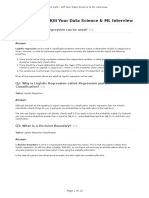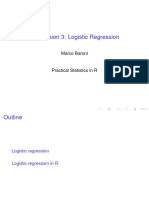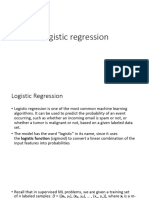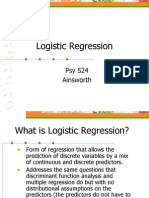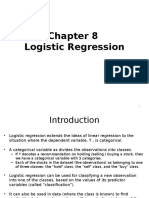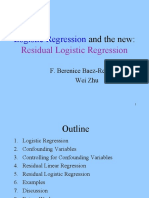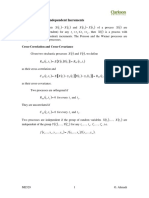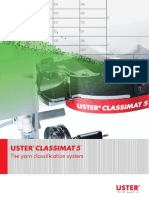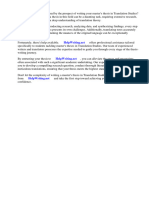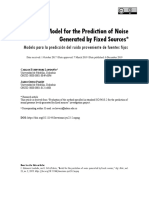0% found this document useful (0 votes)
5 views28 pagesLecture 6 Logistic Regression
The document provides an overview of logistic regression, a statistical method used for predicting binary outcomes based on continuous independent variables. It explains the logistic function, logit transformation, and the interpretation of parameters in the model, as well as applications in classification tasks. Additionally, it discusses types of logistic regression, including binary, multinomial, and ordinal, and introduces the concept of gradient descent for minimizing cost functions.
Uploaded by
Varun GoelCopyright
© © All Rights Reserved
We take content rights seriously. If you suspect this is your content, claim it here.
Available Formats
Download as PDF, TXT or read online on Scribd
0% found this document useful (0 votes)
5 views28 pagesLecture 6 Logistic Regression
The document provides an overview of logistic regression, a statistical method used for predicting binary outcomes based on continuous independent variables. It explains the logistic function, logit transformation, and the interpretation of parameters in the model, as well as applications in classification tasks. Additionally, it discusses types of logistic regression, including binary, multinomial, and ordinal, and introduces the concept of gradient descent for minimizing cost functions.
Uploaded by
Varun GoelCopyright
© © All Rights Reserved
We take content rights seriously. If you suspect this is your content, claim it here.
Available Formats
Download as PDF, TXT or read online on Scribd
/ 28

















